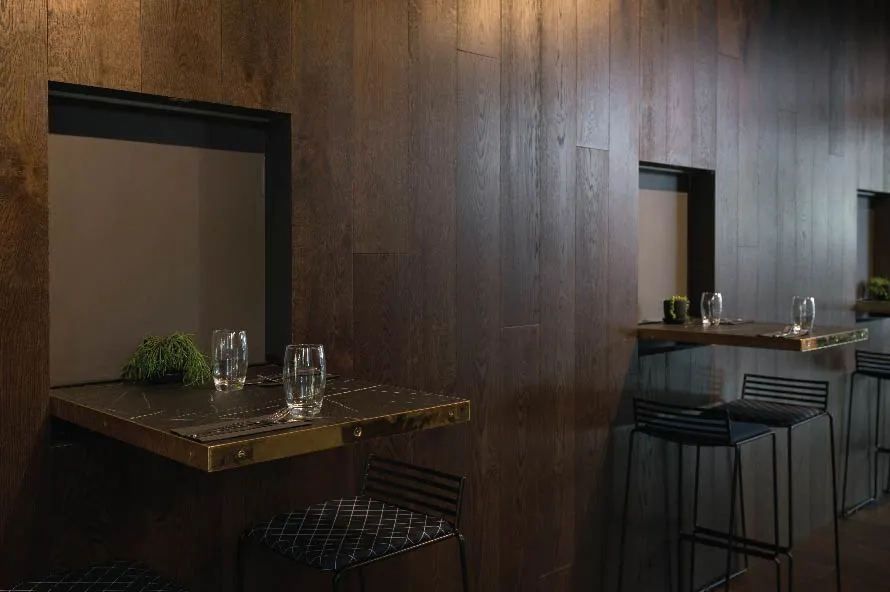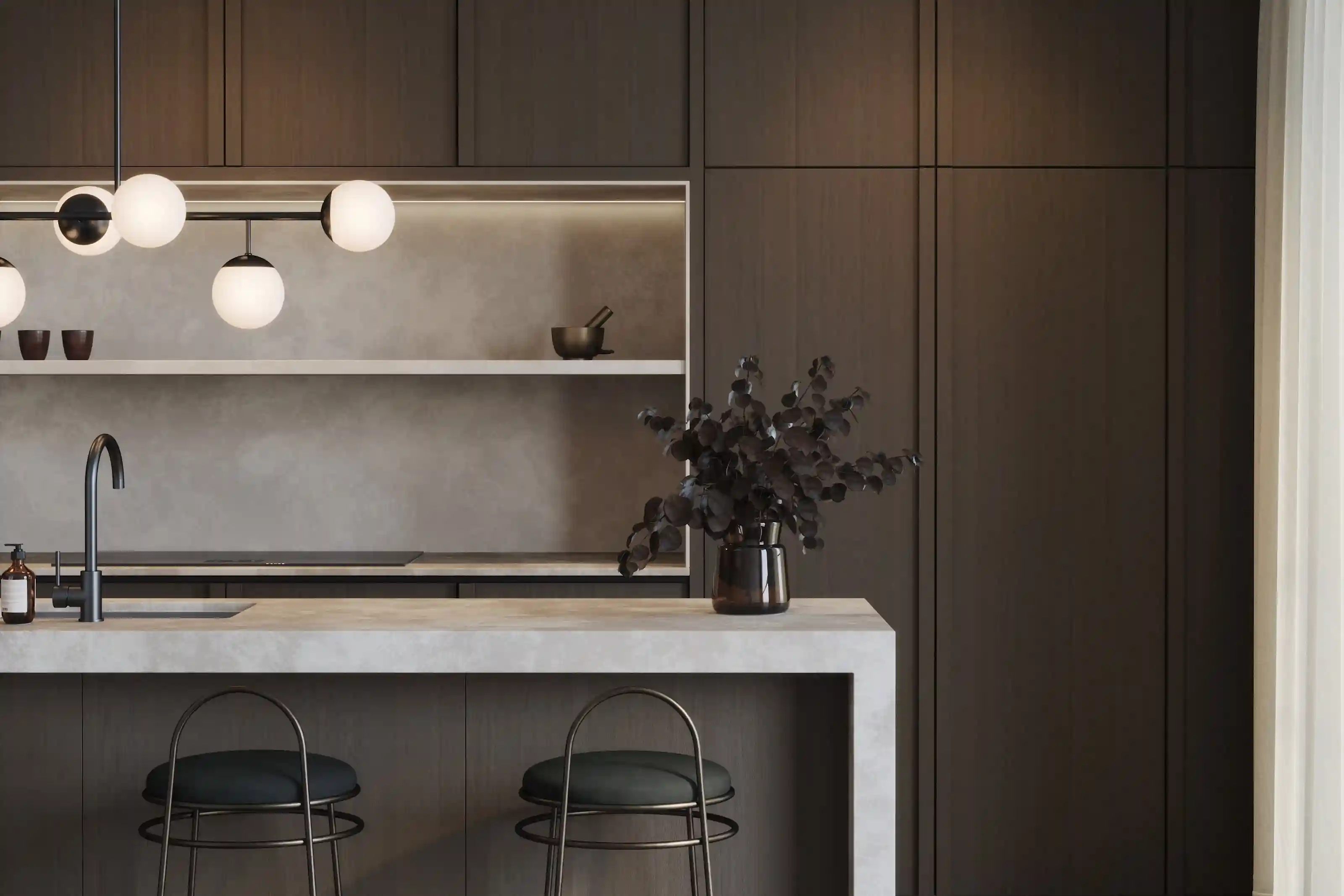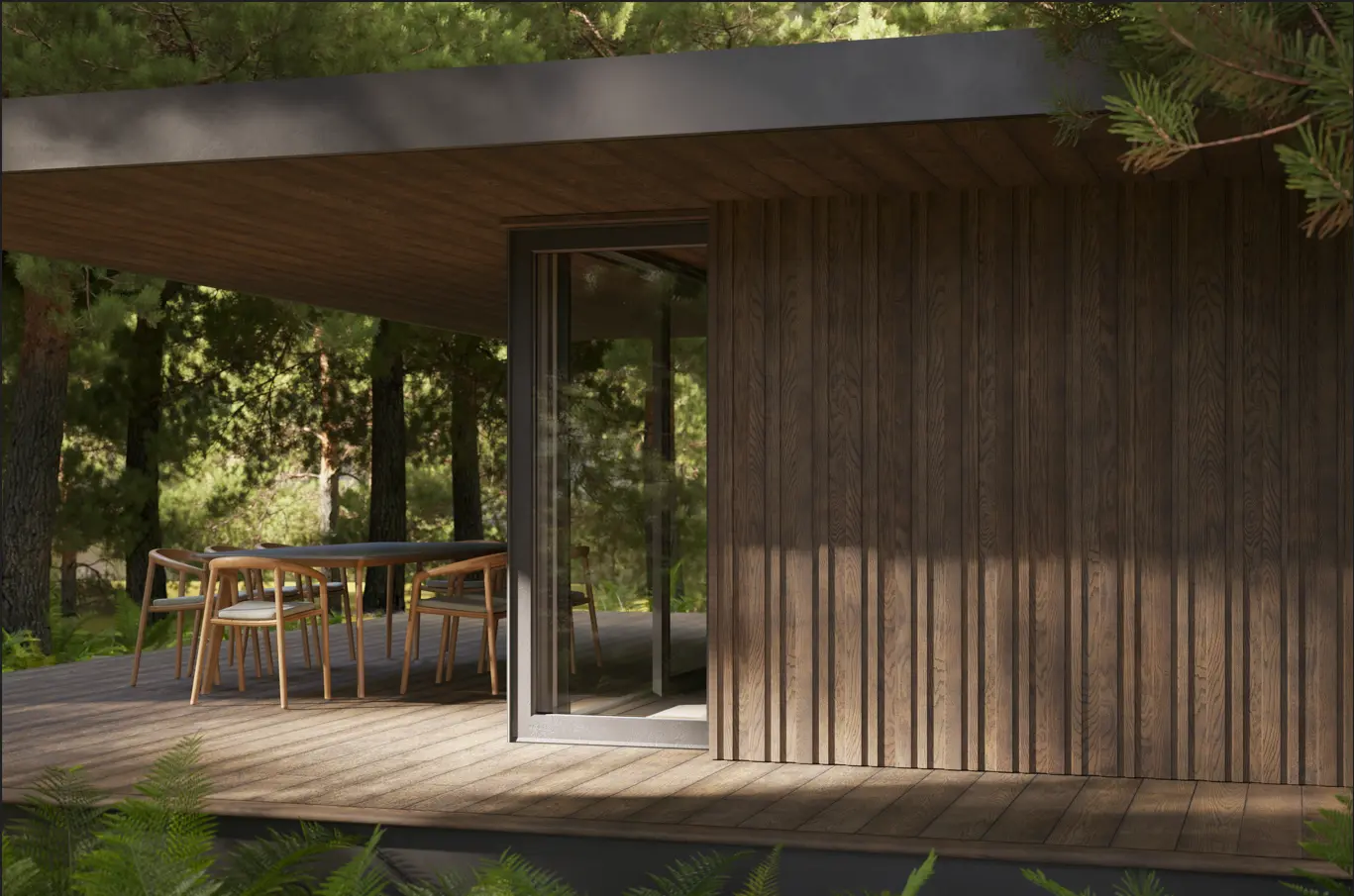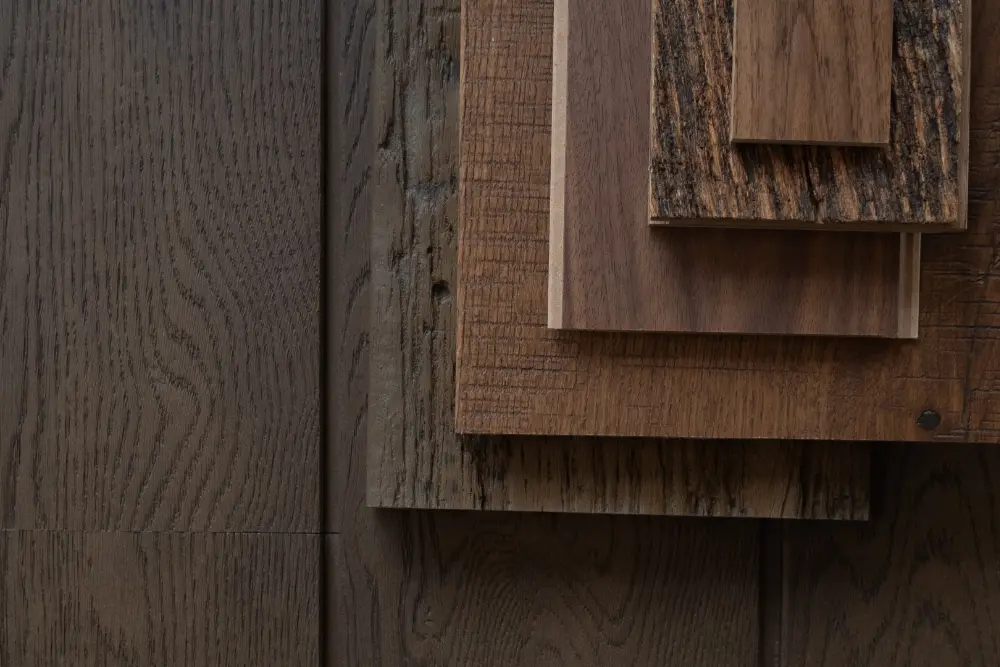Hairline cracks in wood flooring
November 11, 2022
Timber is a natural material and, like many others, can act like a sponge and absorb moisture from the air – this is called being hygroscopic. When this happens, the wood expands, and when the wood releases this moisture – it shrinks.
This process creates pressure on the boards and can result in small cracks in the surface of the timber, usually at their weakest points.
These cracks are called hairline cracks and are often hard to see unless you’re looking for them in specific lighting or from certain angles.
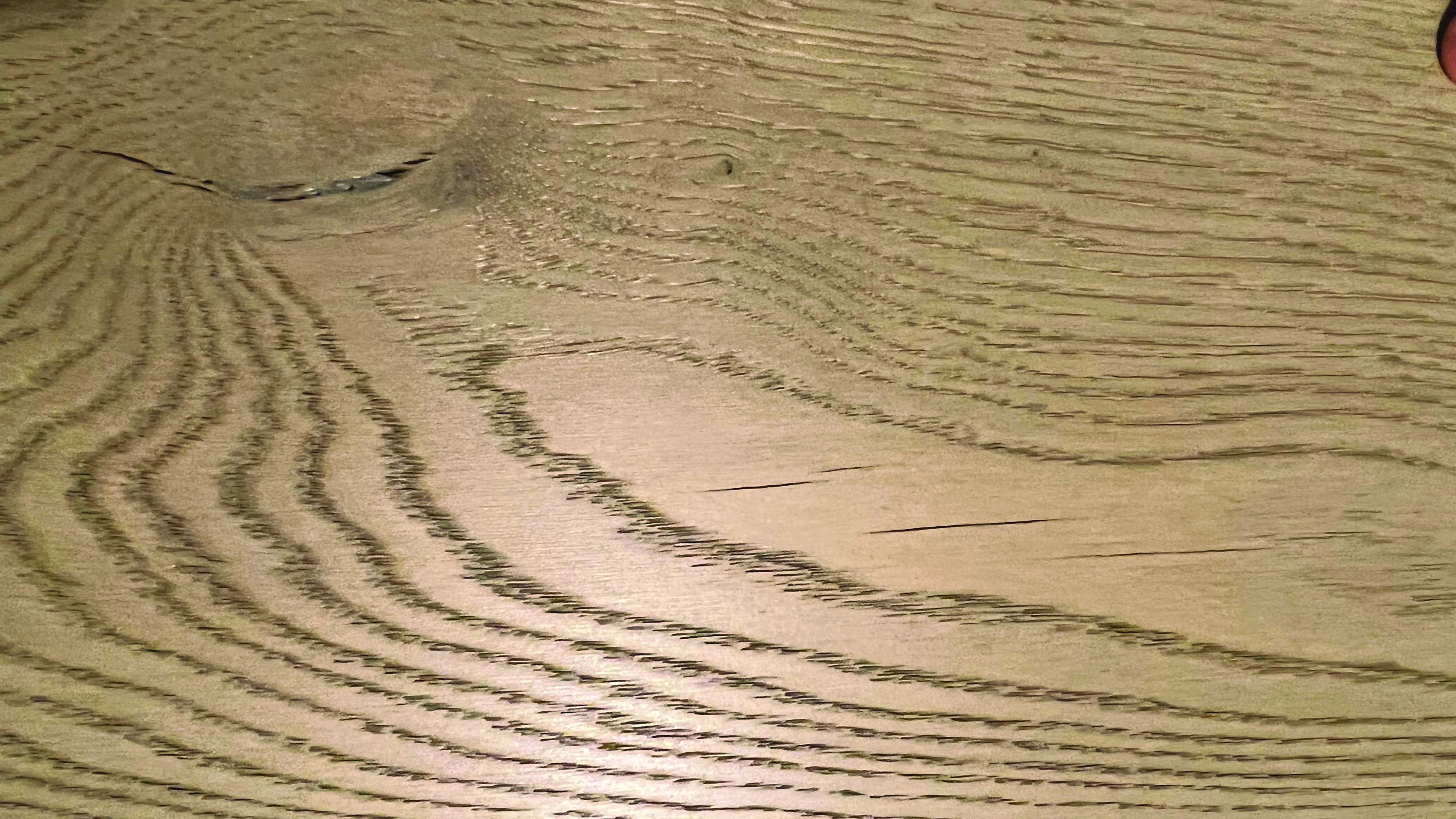
How are hairline cracks formed?
The beauty of hardwood being a natural product is that it responds to its environment over time. It is important to understand that the formation of hairline cracks is not a defect, but rather the wood reacting to temperature and humidity.
A hairline crack follows the grain line of the wood (the weakest point) as this is where the pressure from the expanding/contracting process is released. When temperatures and humidity are low, the cracks will often be more noticeable as the boards contract and cause the cracks to open up slightly. At more humid times of the year the cracks tend to close up and can barely be seen at all.
Sometimes, other factors, such as the heating system in your house or the presence of an open fire can further reduce humidity levels.
Normally, these changes don't cause major issues however, in extreme cases, the cracks can get larger and make the wood more susceptible to splintering.
When planks are quarter sawn/cut, the grain lines tend to be fairly straight resulting in straight hairline cracks. If the planks are crown sawn/cut (sliced parallel to the growth rings), the grain pattern is straight intermixed with ‘cathedrals’. When a hairline crack forms in this grain pattern, there is the possibility that the wood can splinter off at the top of the crown where the hairline crack follows the curve of the grain.
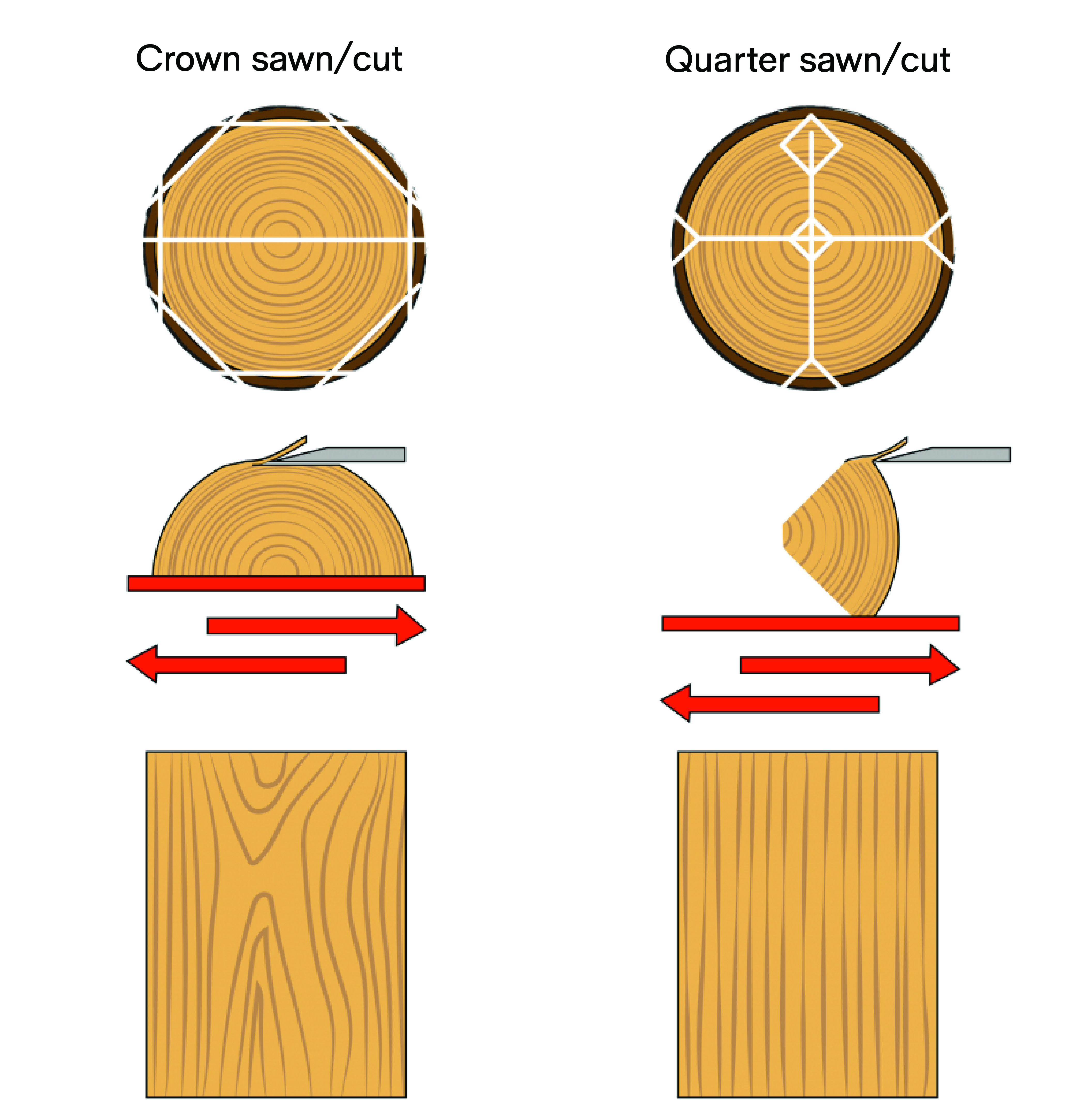
When and where are cracks likely to show?
Hairline cracks usually form in the weeks or months after installation, however they can sometimes appear on planks prior to installation.
Hairline cracks are most likely to appear in planks cut from the outer parts of the tree trunk where branches were attached to the tree. The knots that you see in wood flooring show where the branches were once growing out of and therefore planks with knots and character tend to be more susceptible to having hairline cracks form in the grain. Prime grade planks are less likely to have cracks appear as they are made from the inner sapwood and have very few knots, if any at all. 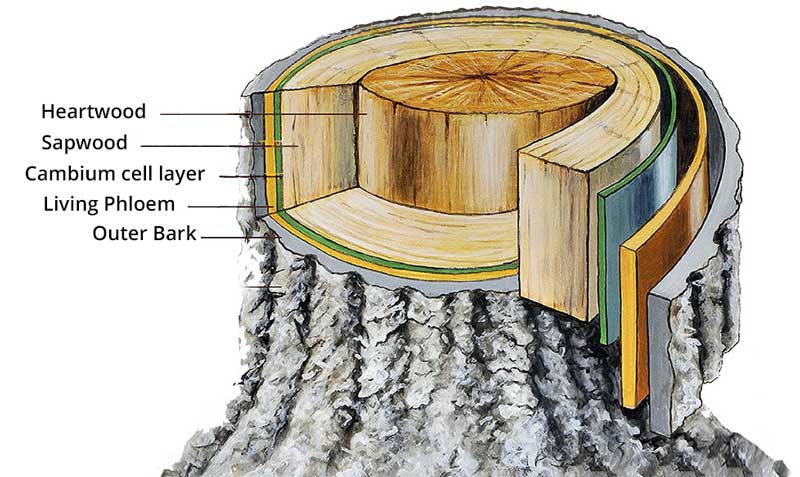
Which products are hairline cracks more visible in?
As mentioned above, hairline cracks are more commonly found in rustic grade timber and therefore the texture of the planks (deep brushing, sawn marked etc) and abundance of character helps hide the appearance of the cracks. A surface that is smoother and has less cracks and character will make the appearance of hairline cracks more prominent.
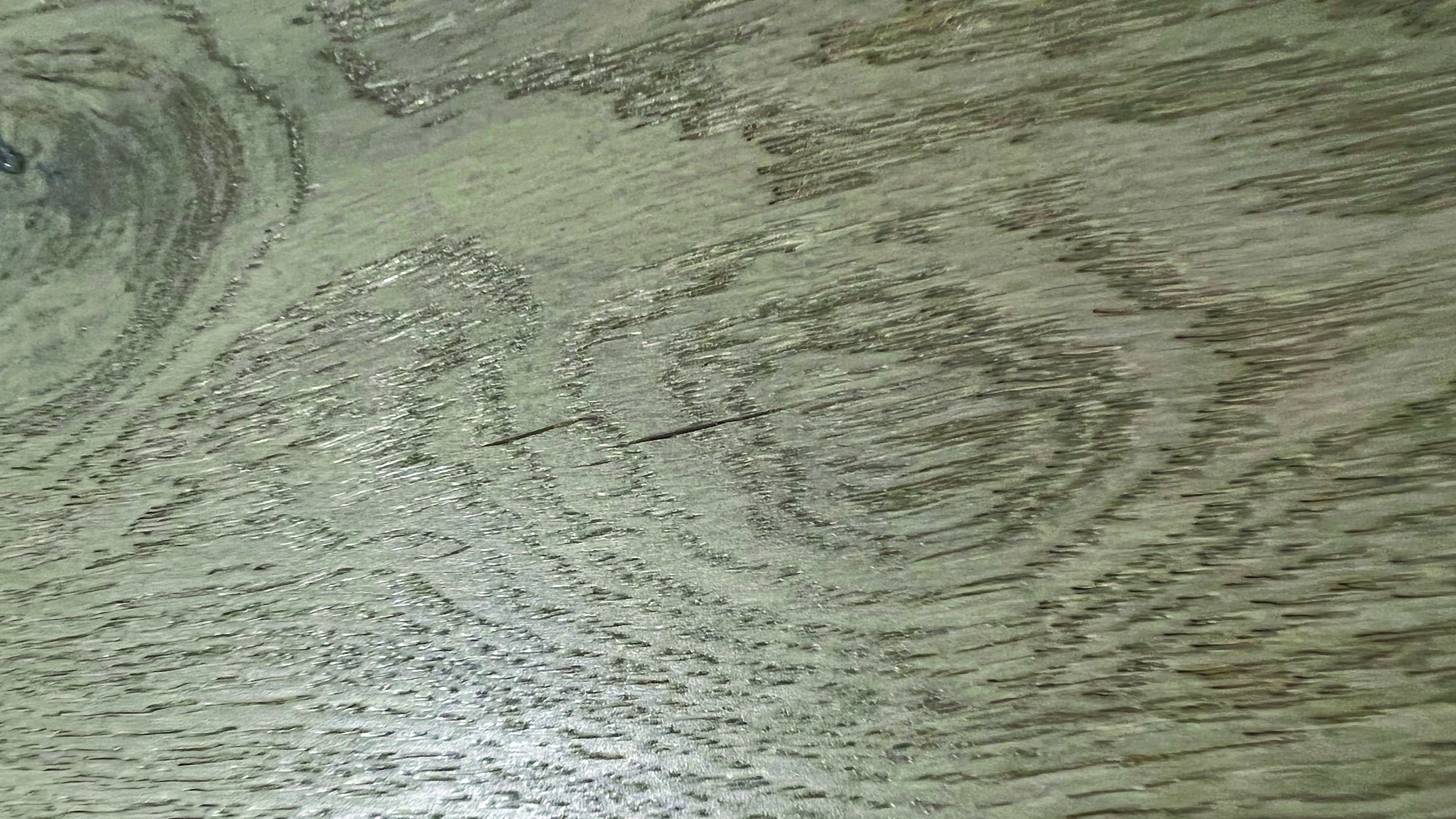
Minimising the risk of hairline cracks appearing prior to installation
The construction and superior stability of engineered wood flooring, compared to solid timber flooring, ensures the risk of expansion / contraction due to environmental conditions is minimised, however can never fully eliminate it.
1. Acclimatising the wood prior to installation
To minimise the formation of hairline cracks we recommend the wood flooring be left flat in the original, unopened packaging in the areas of your home it is to be installed in for at least 48 hours prior to installation. This allows the product to acclimatise to the room temperature and minimise the likelihood of any shrinkage or swelling which could cause hairline cracks.
The timber should be stored out of direct sunlight, away from walls and radiators. It is recommended to place stored packs on battens/dunnage to minimise moisture absorption from the ground.
2. Commission your underfloor heating system
Your underfloor heating should be working at least three weeks before your flooring is installed to allow enough time for commissioning and substrate preparation.
- Begin commissioning by increasing the system temperature in daily increments of 5°C until the system reaches 27°C (this should take 5-6 days).
- The system should be kept at 27°C for at least 48 hours.
- The system should then be cooled in daily increments of 5°C until it has reached its lowest level and then turned off for 48 hours.
- If any cracks have appeared after the heating up cycle, they must be carefully glued together with synthetic resin.
3. Choose a higher grade of wood flooring
As previously mentioned, there is no way to eliminate the risk of hairline cracks appearing in your wood flooring, however you can choose a higher grade of wood for your flooring to minimise the risk of them forming. Opt for a prime or light feature grade wood that has little to no knots and cracks.
4. Maintenance
Keep your timber floor well-maintained and ensure the area that your wood flooring is laid in is well-ventilated.
How to fix hairline cracks
Hairline cracks do not compromise the integrity or finish of your flooring and do not cause major issues. You should however fix the hairline cracks straightaway so as to not have moisture penetrate the planks.
a) For small, narrow cracks use a wax pen to fill.
b) For chips at the top of the crown, use a wax repair kit to fill in the chip.
c) For major cracks, the plank may need to be replaced by a professional installer.
If you have any questions regarding cracks appearing in your timber floor or would like more information on any of the points discussed above, get in touch with our team of experts by calling us on 0800 445 494, emailing us at [email protected] or live chatting with us on our website.


